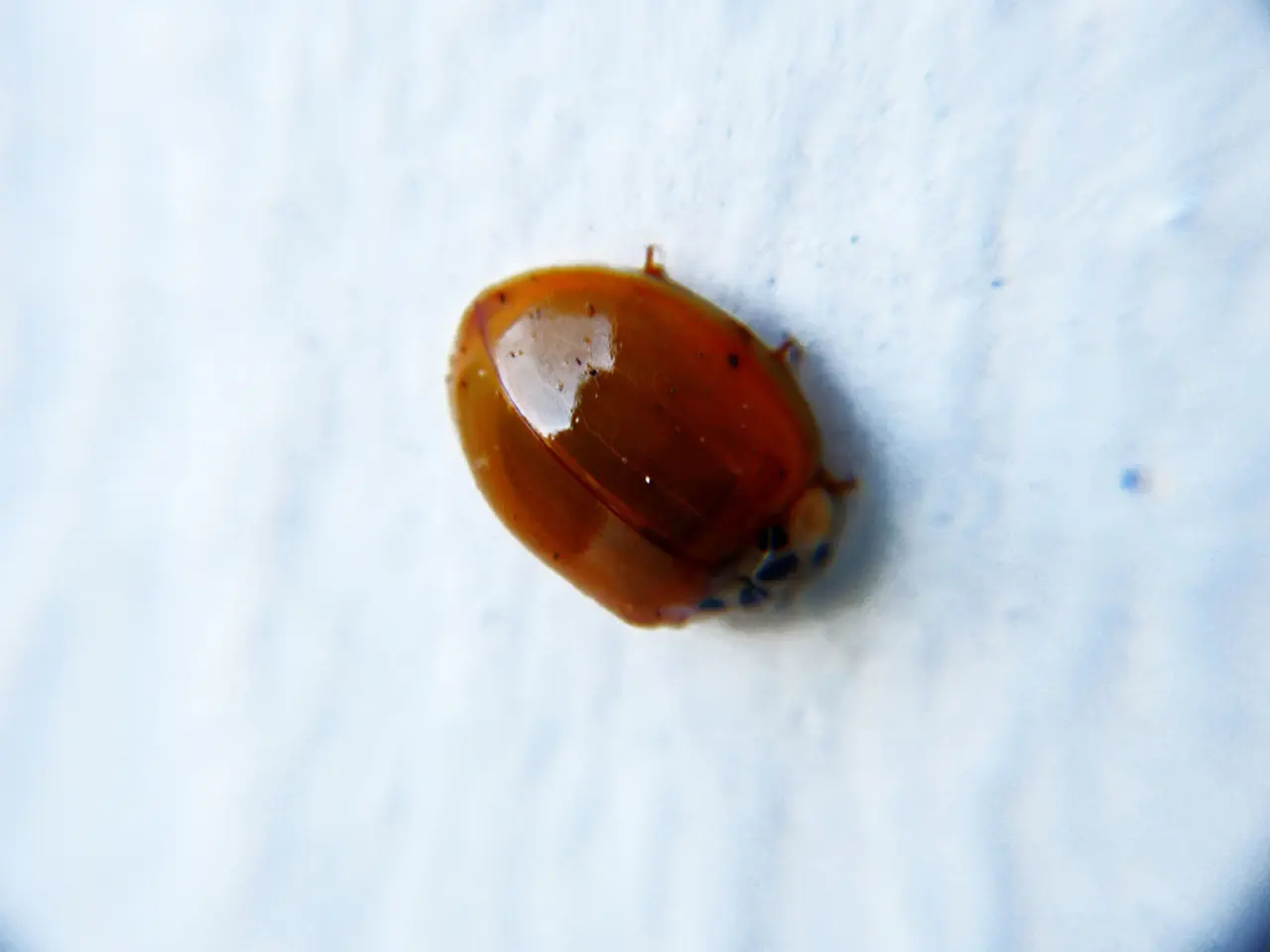Exploring Mildew Growth in Soil: Identifying Root Causes and Remedies for White Spread
In the world of gardening and indoor plants, white mould can pose a significant challenge. This article aims to shed light on two types of white mould issues that may arise: one caused by a pathogenic fungus, and the other a common surface growth on potting soil.
1. White Mould (Pathogenic, Sclerotinia sclerotiorum)
This fungus is a serious problem for crops, particularly soybeans, and can lead to significant crop damage. The fungus survives in soil as black survival structures called sclerotia, which can last for years. Infection typically occurs during cool, wet, and humid weather conditions, especially when the plant canopy is dense.
Prevention methods include using resistant or less susceptible crop varieties, rotating crops, maintaining good soil health, and avoiding irrigation during flowering periods. If conditions favor disease development, early fungicide application during the flowering stage can help.
2. White Mould or Fungal Growth on Potting Soil (Non-Pathogenic)
This white mould is commonly caused by overwatering and poor air circulation, creating a warm, moist environment suitable for moulds and mycelium to grow on soil surfaces. Indoor plants in humid environments or with heavy, poorly draining soil are more prone.
To prevent this, it's essential to water plants only when the topsoil is dry, improve ventilation and airflow around plants, and avoid overcrowding. If the mould is persistent, it may be necessary to repot the plant with fresh, well-draining soil.
Notes
- For agricultural white mould disease control, fungicides and mineral nutrient management (such as manganese) are more relevant.
- White mould growing as a surface fungus on potting soil is typically not harmful to plants, more often a cosmetic issue or a symptom of overwatering.
- For indoor plants, paying attention to watering habits and airflow is key to preventing mould.
In summary, understanding the causes, prevention methods, and treatments for these two types of white mould is crucial for maintaining a healthy garden or indoor plant collection.
| Aspect | White Mould (Pathogenic, Sclerotinia) | White Mould on Potting Soil (Surface Mould / Mycelium) | |---------------------|-------------------------------------------------------|-----------------------------------------------------------------| | Cause | Soil-borne fungus Sclerotinia sclerotiorum | Overwatering, high humidity, poor air circulation | | Prevention | Resistant crops, crop rotation, wider row spacing, soil manganese, avoid irrigation during flowering | Proper watering, improve airflow, avoid overcrowding | | Treatment | Early fungicide application during flowering stage | Remove surface mold, natural treatments (neem oil, cinnamon), repot if persistent | | Harm to plants | Causes wilting, stem lesions, crop loss | Usually harmless, part of natural soil ecosystem or superficial mold |
Remember, sunlight is an effective, natural way to fight mould growth. Direct sun exposure for 1-3 hours should be enough to prevent further mould growth. Rearranging furniture and airing out fabrics in direct sunlight can also help kill mould spores.
When dealing with overwatering and mould growth, it's recommended to scrape off white mould with a clean spoon. To prevent and control mould growth, it is recommended to increase sun exposure by opening curtains and blinds.
Lastly, mineral-based organic fertilisers like greensand, limestone, rock phosphate, langbeinite, rockdust, and natural potassium sulfate can be used for plants.
This covers causes, prevention, and treatment methods clearly for different types of white mould related to plant soil.
- The fungus Sclerotinia sclerotiorum, a pathogenic organism, is notorious for causing white mould in crops like soybeans, threatening the health-and-wellness of the plants and leading to significant crop damage.
- White mould that appears on potting soil is often an indicator of poor home-and-garden practices, such as overwatering and inadequate air circulation, which create a damp environment favorable for mould growth.
- Maintaining a balanced lifestyle that includes regular fitness-and-exercise and proper nutrition can help strengthen our bodies' defenses against various threats, much like cultivating a strong garden relies on a combination of soil health and disease prevention measures to protect plants from harmful moulds.




